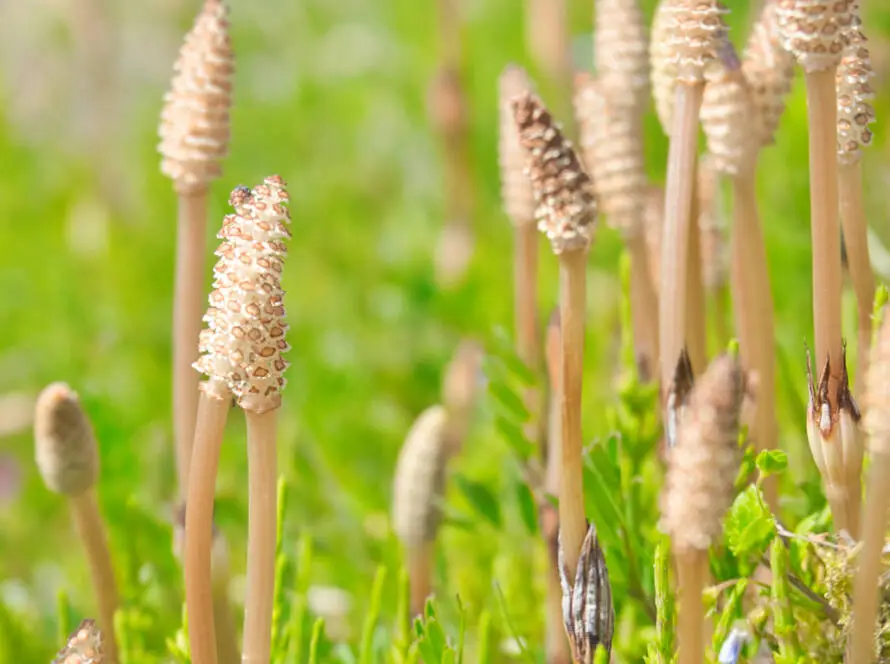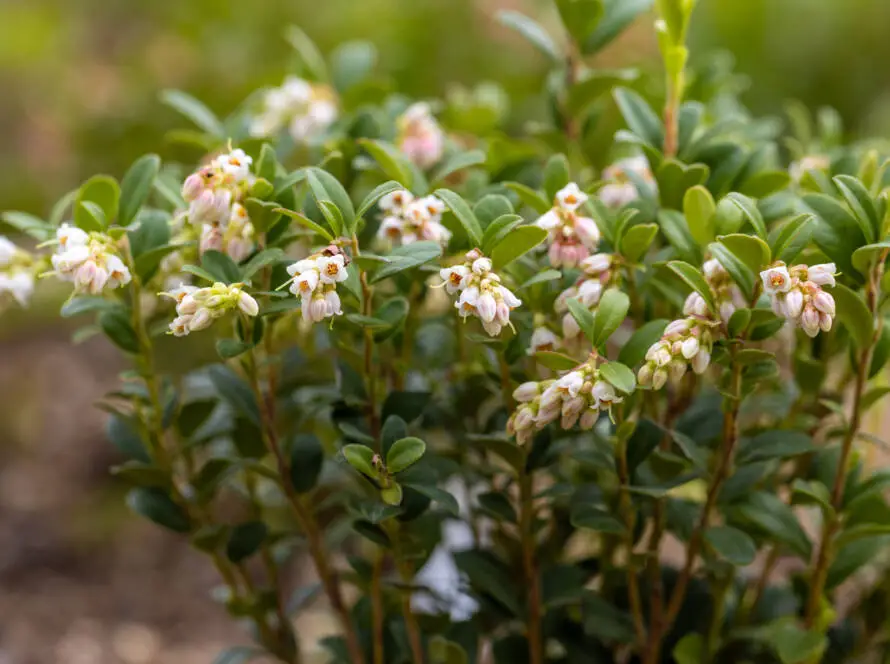Introduction
This fact sheet offers essential information about kava, an herb native to the islands of the South Pacific and part of the pepper family. For centuries, kava has served as a ceremonial beverage in these regions, celebrated for its unique flavor, aroma, and potential therapeutic properties. This document outlines common names, traditional uses, possible side effects, and resources for further exploration.
Common Names
- Kava
- Kava kava
- Awa
- Kava pepper
Latin Name: Piper methysticum
Uses
Kava has traditionally been utilized for a variety of purposes:
- Sleep Aid: Helps promote restful sleep and combats fatigue.
- Natural Remedies: Used to treat asthma and urinary tract infections.
- Topical Applications: Serves as a numbing agent.
In contemporary settings, kava is primarily sought after for its potential benefits in managing anxiety, insomnia, and menopausal symptoms.
How It Is Used
The preparation of kava typically involves the root and rhizome (the underground stem). These parts are commonly transformed into beverages, extracts, capsules, tablets, and topical solutions.
Scientific Insights
Research indicates that kava may be effective in managing anxiety. However, it’s crucial to note a warning issued by the U.S. Food and Drug Administration (FDA) connecting kava supplements to a risk of severe liver damage. Although some studies have shown promise, kava is not yet proven effective for all its claimed uses. Notably, research funded by the National Center for Complementary and Alternative Medicine (NCCAM) on kava was suspended following this FDA warning.
Side Effects and Cautions
While kava holds potential benefits, it is also associated with significant risks:
- Liver Damage: Reports of hepatitis and liver failure, which can be fatal.
- Muscle Issues: May cause dystonia—abnormal muscle spasms or involuntary movements.
- Drug Interactions: Can interact with medications, particularly those for Parkinson’s disease.
- Skin Changes: Long-term or heavy use might result in scaly, yellowed skin.
- Impairment Risks: Users should avoid driving and operating heavy machinery due to the likelihood of drowsiness.
It’s imperative for users to inform healthcare providers about their use of complementary and alternative practices to ensure coordinated and safe care.
Resources
- Drugs.com
- Wikipedia.com
- NCCAM National Institutes of Health
- National Center for Complementary and Alternative Medicine. Kava Linked to Liver Damage.
- Kava. Natural Medicines Comprehensive Database.
- Kava (Piper methysticum G. Forst). Natural Standard Database.
- Kava kava rhizome (root). In: Blumenthal M, Goldberg A, Brinckman J, eds. Herbal Medicine: Expanded Commission E Monographs.
- Kava (Piper methysticum). In: Coates P, Blackman M, Cragg G, et al., eds. Encyclopedia of Dietary Supplements.
- U.S. Food and Drug Administration. Kava-Containing Dietary Supplements May Be Associated With Severe Liver Injury.
This summary highlights the key aspects of Kava, including its traditional uses, potential benefits, and safety considerations.
Disclaimer
The information I’ve shared about herbs is for educational purposes only and is not meant as medical advice. While many herbs have been traditionally used for their potential health benefits, individual responses may vary, and the effectiveness of herbs can depend on various factors, including personal health conditions and interactions with medications. It is essential to consult with a qualified healthcare professional or a licensed herbalist before using herbs for medicinal purposes or making significant changes to your health regimen. This information should not be considered a substitute for professional medical advice, diagnosis, or treatment.


